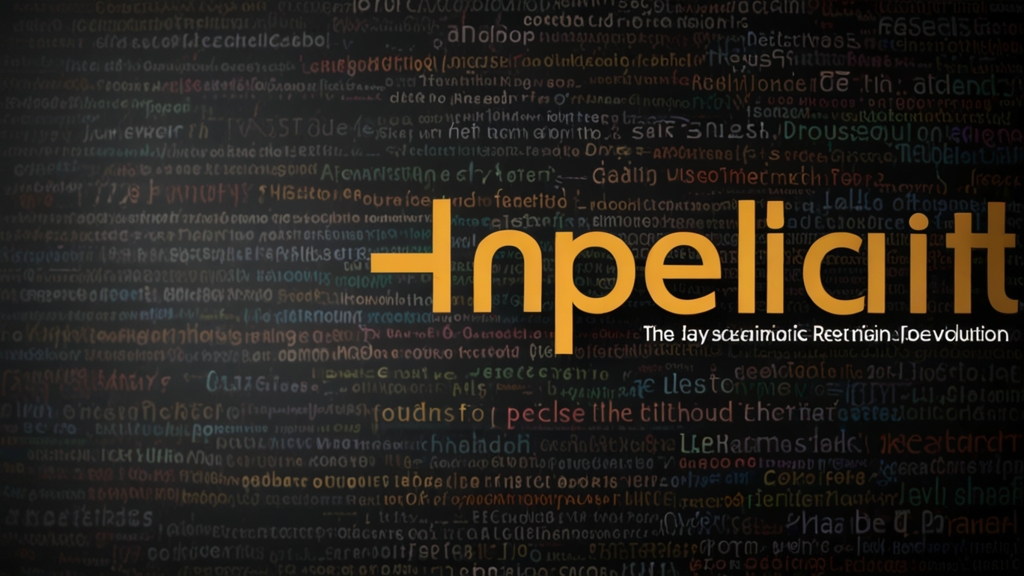The JavaScript Revolution: How It's Changing the Way We Code
JavaScript has come a long way since its inception in the mid-1990s. What started as a simple scripting language for enhancing web pages has now evolved into a full-fledged programming ecosystem, transforming the way developers build applications for the modern web. The JavaScript revolution isn't just about the language itself, but also about the tools, frameworks, and methodologies that have emerged around it. In this article, we explore the significant ways JavaScript is changing the landscape of coding.
From Scripting to Full-Stack
The advent of frameworks like Node.js has turned JavaScript from a client-side scripting language into a robust solution for server-side development. Before Node.js, developers had to rely on different languages for front-end and back-end development. With JavaScript now capable of handling both, the concept of full-stack JavaScript has gained immense popularity.
"The reusability and coherence brought about by using a single language across the entire stack is undeniably a game-changer. JavaScript enables more streamlined development processes and facilitates easier knowledge transfer amongst team members." - Jane Doe, Senior Developer
Node.js utilizes the Google V8 engine, which compiles JavaScript directly into native machine code, offering performance comparable to more established server-side languages like Java and Python. This has paved the way for scalable, high-performance applications built entirely with JavaScript.
The Rise of Frameworks and Libraries
The emergence of powerful frameworks and libraries like React, Angular, and Vue.js has dramatically changed front-end development. These tools provide developers with the means to build dynamic, complex user interfaces with relative ease. They encourage the use of components, a design principle that promotes reusability and modularity, leading to cleaner, more maintainable code.
"Frameworks such as React have promoted a paradigm shift in how we approach user interface design. The component-based architecture not only simplifies development but also enhances performance and scalability." - John Smith, Front-end Architect
React, for instance, introduced the concept of a virtual DOM, which minimizes costly direct manipulations of the real DOM, leading to faster and more responsive applications. Vue.js offers a progressive framework ideal for both small projects and large-scale applications. Angular, on the other hand, provides a comprehensive solution for building enterprise-grade web applications, with built-in support for TypeScript and a range of powerful features.
Expanding Beyond the Browser
JavaScript's utility is no longer confined to web browsers. With the introduction of technologies like Electron and React Native, JavaScript has made its way into desktop and mobile app development. Electron allows developers to create cross-platform desktop applications using web technologies, while React Native enables the building of native mobile apps for iOS and Android from a single codebase.
"The ability to use JavaScript for building mobile and desktop applications has significantly reduced development time and effort. Cross-platform compatibility ensures a broader reach and uniform experience across devices." - Emily Brown, Mobile Developer
Furthermore, JavaScript-driven development environments like Visual Studio Code and code editors like Atom are themselves built using JavaScript, showcasing the language's versatility and power.
Conclusion
The JavaScript revolution is characterized by rapid innovation and widespread adoption, fundamentally reshaping the development landscape. From enabling full-stack development to pioneering new paradigms in front-end design, and extending its reach beyond the browser, JavaScript is truly changing the way we code. The future promises even more advancements, as the community continues to push the boundaries of what this dynamic language can achieve.














